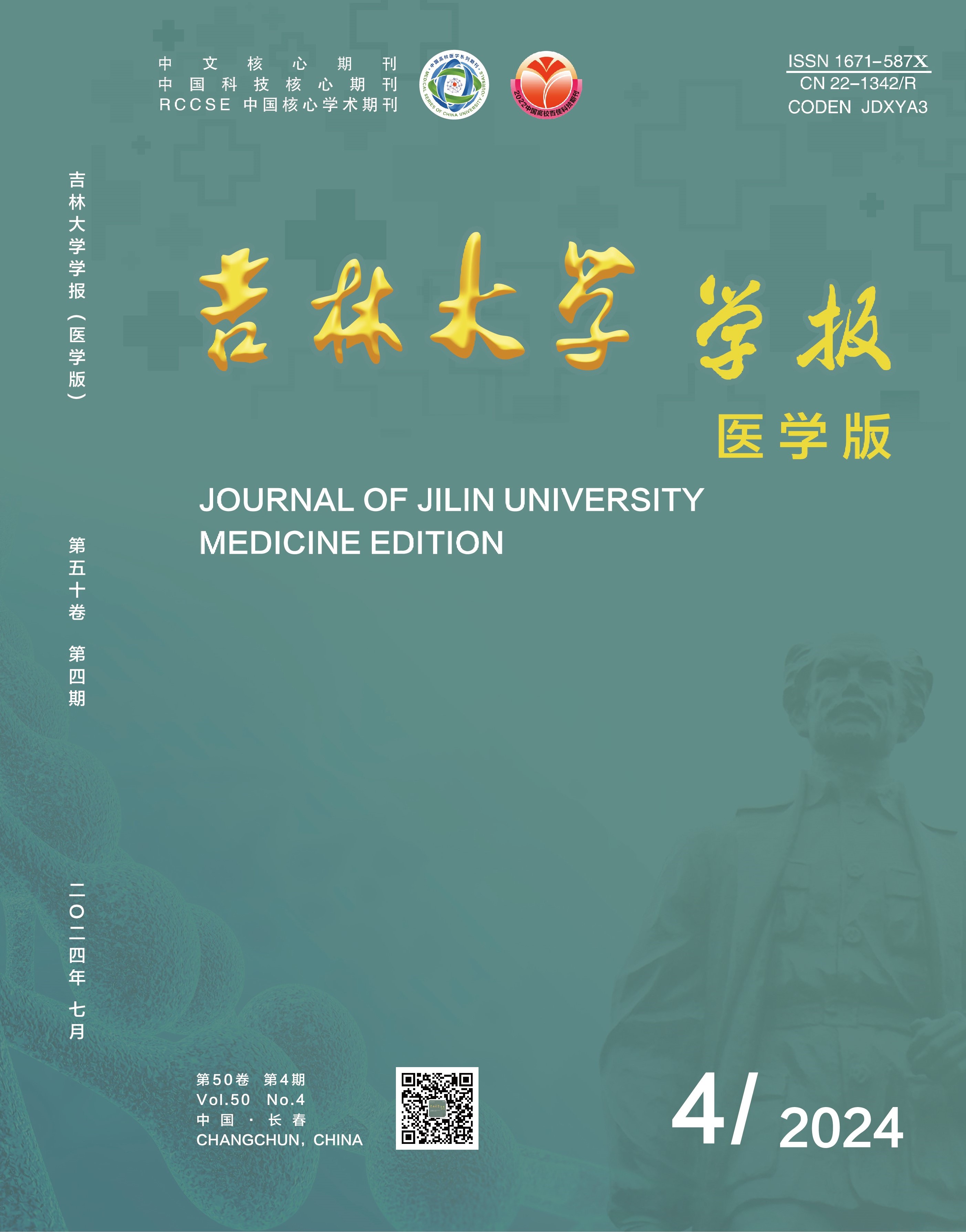Objective To discuss the potential targets and signaling pathways of Tonifying Slpeen and Kidney Empirical Prescription (TSKEP) in the treatment of neuromyelitis optica spectrum disorders(NMOSD) through network pharmacology analysis and animal experiment,and to provide the theoretical basis for the treatment of NMOSD. Method Traditional Chinese Medicine System Analysis Platform(TCMSP) Database was used to screen the chemical compounds and targets of TSKEP; the related target genes in NMOSD were comfirmed through GendCard and other Databases;the core compounds were obtained by building the compound-target network; the STRING Database and the Network Analyzer plugin in Cytoscape 3.6.0 software were used to obtain the topology parameters of protein-protein interaction (PPI) network and to identify the core targets; Omicshare platform was used to perform the Geno Ontology (GO) and Kyoto Encyclopedia of Genes and Genomes(KEGG) pathway enrichment analysis and the target-pathway network was conducted to identify core key biological processes and signaling pathways; the molecular docking of core compounds and core targets was performed based on AutoDock software. Eighteen mice were divided into control group, NMOSD group, and TSKEP group, and there were 6 mice in each group. The morphology of brain tissue of the mice in various groups were observed by HE staining,and the levels of related cytokines in serum of the mice were detected by enzyme-linked immunosorbent assay(ELISA) method. Results The animal experiment results showed that compared with NMOSD group,the score of neural function defect of the mice in TSKEP group was decreased(P<0.01), and the degree of inflammatory cell infiltration in central nervous system of the mice in TSKEP group was allevited. A total of 304 active compounds and 655 drug targets were screened, and 43 potential targets were related to the treatment of NMOSD with TSKEP. Quercetin, luteolin, and stigmasterol may be the core compounds,and interleukin-6(IL-6),interlleukin-1β(IL-1β),tumor necrosis factor-α(TNF-α) could be the poetential core targets.The KEGG pathway enrichment analysis and network analysis results showed that TSKEP may play an important role in the treatment of NMOSD through 14 signaling pathways.The molecular docking verification results showed that core compounds combined well with the core targets. Compared with NMOSD group and control group, the levels of serum inflammatory cytokines of the mice in TSKEP group were decreased(P<0.05 or P<0.01). Conclusion Based on the verification of network pharmacology and animal experiment, TSKEP can exert the therapeutic effect through regulating the expressions of serum inflammatory cytokines, promoting the repairment and regeneration of nerve function,and reducing the inflammatory response of the central nervous system by multiple targets and signaling pathways.

 Table of Content
Table of Content
 Guide to Authors
Guide to Authors


